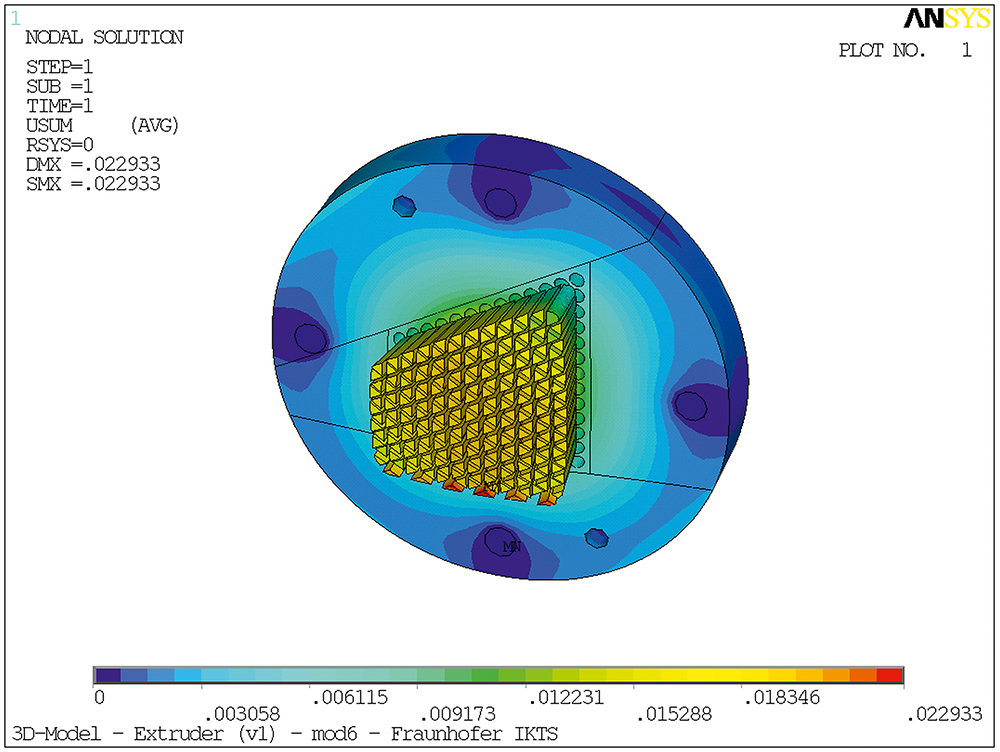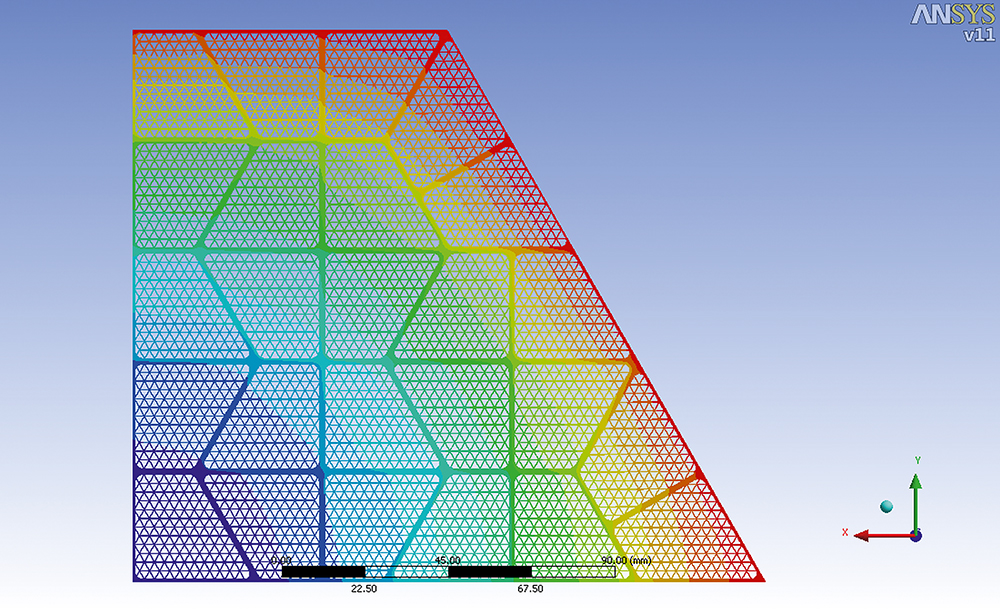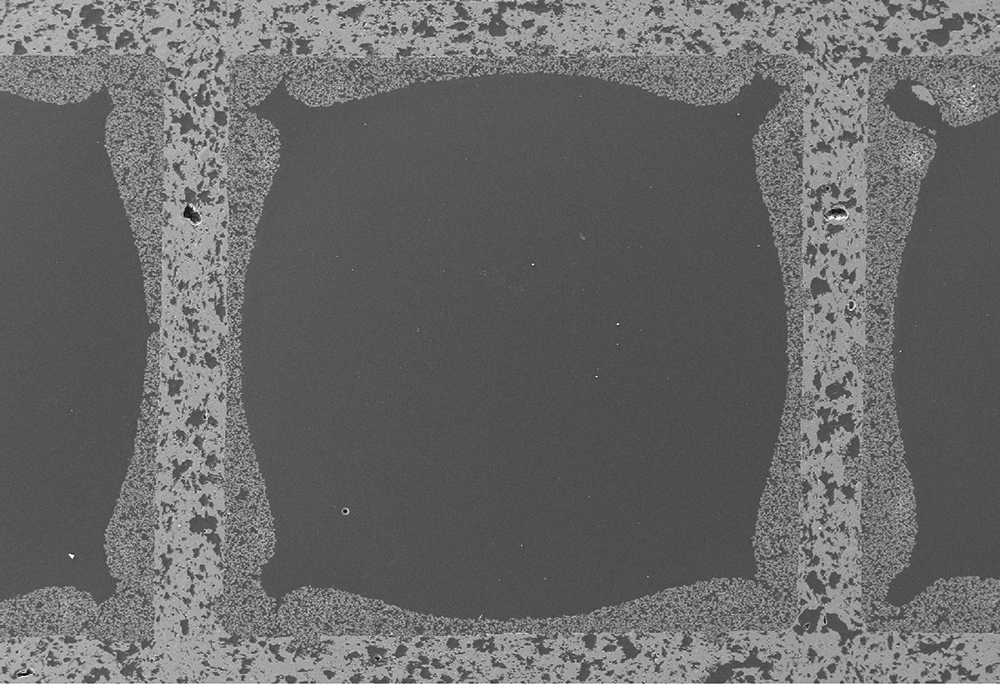
Material and process analysis for ceramic filters and catalysts

Material characterization
As an accredited and audited service provider, Fraunhofer IKTS offers numerous characterization techniques and extensive equipment for the development of ceramic filters, adsorbents, catalytic converters and catalyst supports. This includes the analysis, assessment and optimization of materials and components as well as the associated production methods. Permeability, specific surface, strength, thermal conductivity and flow behavior are important parameters in this regard.
In addition to standard methods, we have specialized analytical methods at our disposal, some of which are unique worldwide. These methods cover the characterization of particles and suspensions, ceramographic microstructure preparation as well as quantitative phase and microstructure analysis. Furthermore, there is a wide range of mechanical, thermoanalytical and thermophysical characterization techniques. The mastery of these methods and techniques is connected with detailed process know-how and knowledge in materials engineering, providing a sound basis for the interpretation of measuring results.
Another focus is on non-destructive testing, used across the complete product life cycle, from development to tests performed in the production process. Traditional methods, such as ultrasonic, eddy current and radiographic testing or acoustic diagnostics, can be combined with and completed by novel methods, such as laser speckle photometry or optical coherence tomography. Furthermore, the data collected in a test can be linked to dynamic simulation models of the component or system, allowing forecasts of the expected service life.
Simulation and modeling


The simulation of material properties, components, manufacturing technologies and system environments allows to minimize development risks and significantly reduce product cycles. For this reason Fraunhofer IKTS uses software equipment (FEM, CFD, system simulation) even in early development stages to simulate thermal, mechanical and flow processes as well as chemical reactions in components and systems. Based on many years of experience and the use of versatile program tools, we can prepare and analyze userspecific model descriptions for novel applications, in particular those with coupled mechanisms (network complex analyses, multiphysics).
For instance, it is possible to simulate the flow behavior in filter elements in order to compare different support structures and layers with regard to permeate capacity. Beyond this, the influence of structural properties of ceramic foams, such as cell size and rib dimension, on filter performance can also be examined. We have developed and verified numerical models based on these characteristic values, which in future will allow a realistic estimation of the performance of filter foams, thus enabling the optimal selection and design of foam structures.
